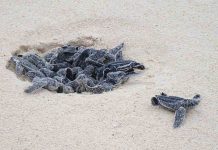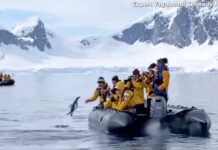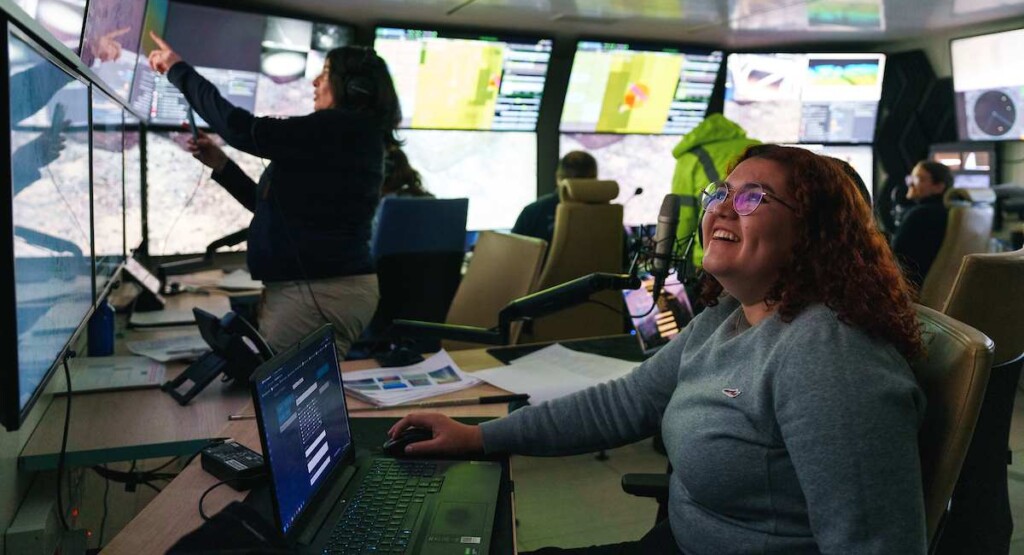
After a Chicago-sized iceberg broke off from Antarctica, a research vessel changed plans and went to explore an underwater world never seen before by humans.
Researchers and crewmembers aboard the Schmidt Ocean Institute’s Falkor (too), “seized upon the moment” that was presented to them, and in doing so produced the first oceanographical, biological, and geological study of the area.
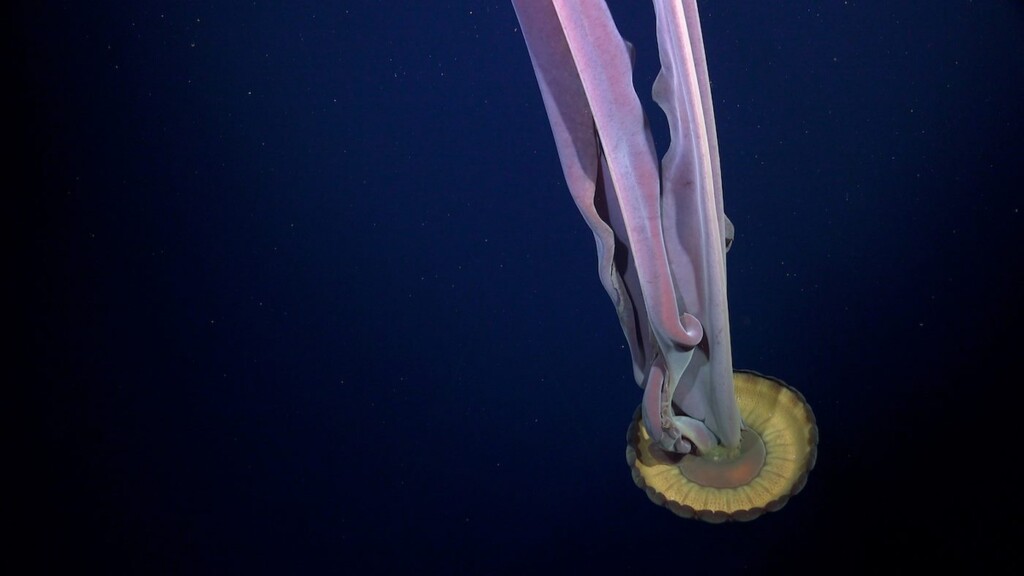
Located in the Bellingshausen Sea, the King George VI ice shelf, one of the massive, mostly seaborne glaciers that sit attached to the continent of Antarctica, lost a chunk of ice the size of the greater Chicago area, or around 209 square miles.
Using Schmidt Ocean Institute’s remotely operated vehicle, ROV SuBastian, the team observed the deep seafloor for eight days and found flourishing ecosystems at depths as great as 3,900 feet. Their observations include large corals and sponges supporting an array of animal life, including icefish, giant sea spiders, and a rare giant phantom jellyfish.
“We seized upon the moment, changed our expedition plan, and went for it so we could look at what was happening in the depths below,” said expedition co-chief scientist Dr. Patricia Esquete at the University of Aveiro, Portugal. “We didn’t expect to find such a beautiful, thriving ecosystem. Based on the size of the animals, the communities we observed have been there for decades, maybe even hundreds of years.”
Little is known about what dwells beneath Antarctica’s floating ice shelves. In 2021, British Antarctic Survey researchers first reported signs of bottom-dwelling life beneath the Filchner-Ronne ice shelf in the Southern Weddell Sea. The expedition on Falkor (too) was the first to use an ROV to explore sweeping landscapes containing abundant life in this remote environment.
The team was surprised by the significant biomass and biodiversity of the ecosystems and observed species they had not seen outside of the ice shelf earlier in the expedition. They suspect there are several new species amongst the biological samples they collected.
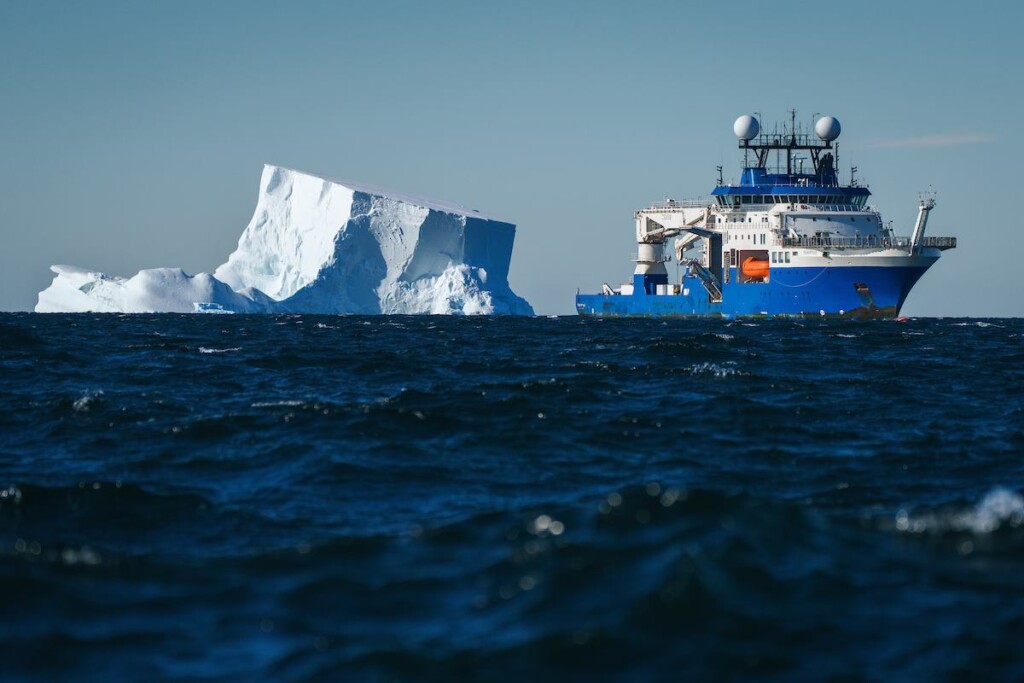
Deep-sea ecosystems typically rely on nutrients from the surface slowly raining down to the seafloor. However, these Antarctic ecosystems have been covered by 150-meter-thick (almost 500 feet) ice for centuries, completely cut off from surface nutrients. Ocean currents also move nutrients, and the team hypothesizes that currents are a possible mechanism for sustaining life beneath the ice sheet.
MORE DEEP-SEA SURPRISES: Oceanographers Explore Underwater Mountain Bigger Than Mount Olympus Teeming with Wonders
MORE DEEP-SEA SURPRISES: More Than 5,000 Ocean Species Entirely New to Science Discovered by English Expedition in Pacific
“The science team was originally in this remote region to study the seafloor and ecosystem at the interface between ice and sea,” said Schmidt Ocean Institute Executive Director, Dr. Jyotika Virmani. “Being right there when this iceberg calved from the ice shelf presented a rare scientific opportunity. Serendipitous moments are part of the excitement of research at sea – they offer the chance to be the first to witness the untouched beauty of our world.”
SHARE This Incredible Opportunity Seized By Science With Your Friends…
















